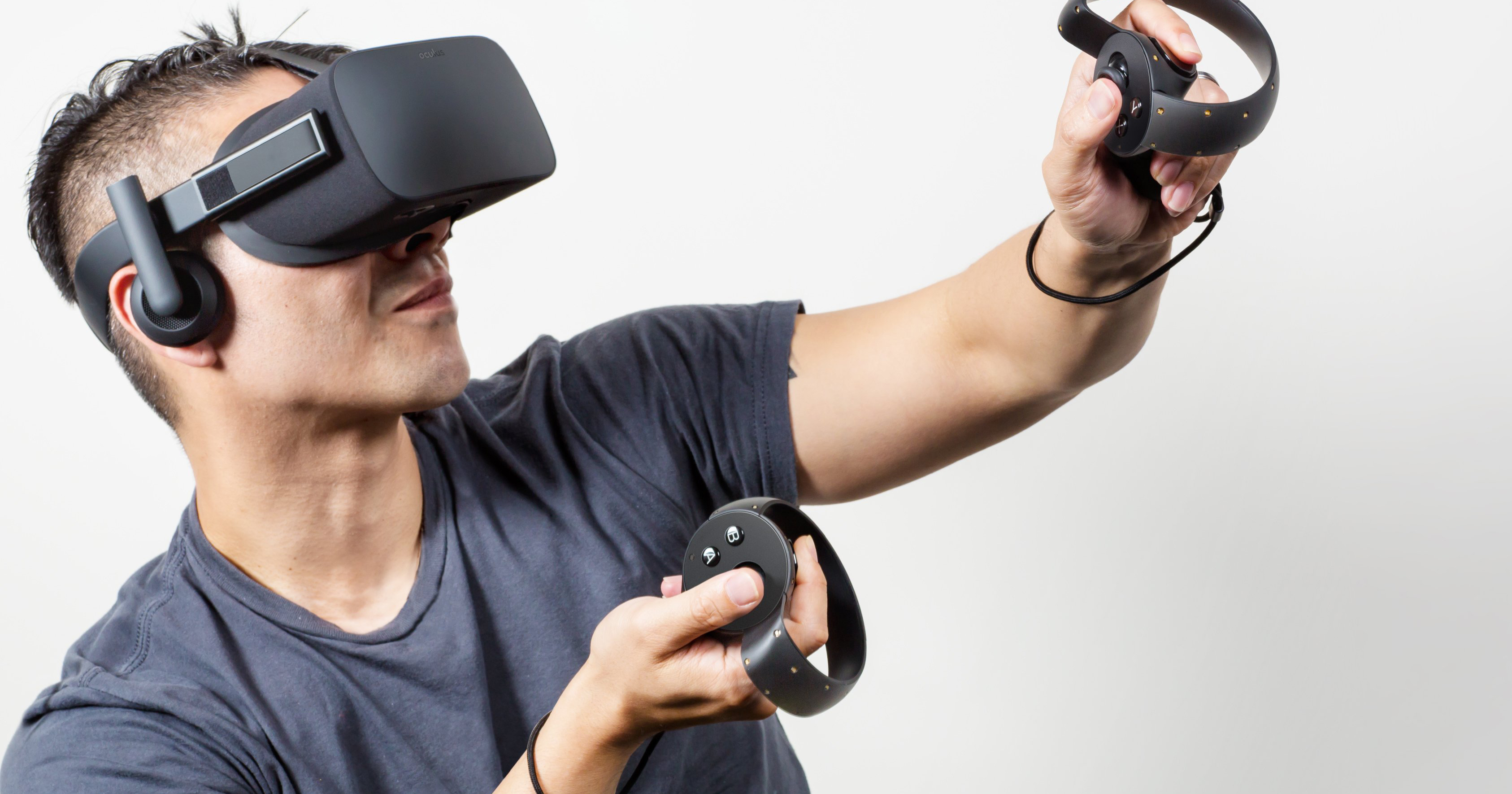We live in exciting times.
The 21st century has brought us much innovation that has altered the way we live as we knew it. The introduction of the very first iPhone shook up an entire industry, and the revelation of social media changed the way with interact with people around us forever.
While much technology has been ingrained into our lives, there are those that have failed to live up to the hype.
A more recent example is smartwatches.
While the seasonal success of the original Kickstarter hit, the Pebble watch, has been an example to aspire towards, no other manufacturer has ever managed to find such success on the wrist.
Smartwatches have enjoyed a lacklustre reception from consumers for the longest time – even the almighty Apple couldn’t save them with the introduction of the Apple Watch, which until today with its Series 2, has nothing going for it as compared to the holy grail which is the iPhone.
Virtual Reality Is In The Same Boat
Now, we have Virtual Reality, and manufacturers are currently attempting to shove VR down consumers throats, hoping for it to go mainstream.
First, we have those concentrating on the VR experience on mobile phones.
Led by Samsung and their Gear VR on the higher tier devices, and with cheaper (and more uncomfortable) alternatives such as the Google Cardboard as an entry level, there are certainly varying price points available.

Cheaper alternatives aside, the reality is that you will still require a flagship device to fully enjoy the Virtual Reality experience.
Since the phones are literally an inch or so away from your eyeballs, what is needed are phones with very high display resolutions of QHD or more; or else you are left with a very pixelated view of the digital world, leaving you with a migraine.
What you have to spend at the end of the day is still a substantial sum of money, essentially for a cut-down version of VR.
The PC End Of Things Isn’t Any Better
Speaking of spending tons of cash for the VR experience, here we have the PC side of things. Running a full fledged Virtual Reality setup on a computer is not a straightforward affair either.
Looking through the system specifications needed to run a headset smoothly, you will need to splurge some amount cash to hit the sweet spot of 90 frames per second through the headsets.

Examples of VR ready computers include the HP Envy Phoenix, which at $3,299, isn’t an amount most people will part with for a computer. Laptops too are no cheaper, with offerings by MSI with their GE72VR Apache Pro starting at $2,899.
If you are one who prefers to build your own PCs and don’t want to scrimp just to reach the minimum requirements, you will also end up spending somewhere those amounts as well, since you will probably opt to pick out higher tier parts such as the best processors, graphics cards such as the GTX 1080, and some 32GB (and above) of system RAM.
The State Of VR Headsets Now

Disregarding all the half-baked attempts at VR headsets with phones, the talking point of VR is almost always dominated with three main manufacturers going head to head with their own versions of VR equipments.
We have covered all of them in a previous article here, but the TL;DR of it is simply the competition is down to Facebook with their Oculus Rift, HTC with their Vive, and Razer with OSVR.

Out of the three, the easiest (and cheapest) to get one in Singapore is definitely the OSVR.
Razer boss Min-Liang Tan wasn’t kidding around when he said that he wants to make VR open-sourced and readily available to anyone. The OSVR costs $609.90 (with free shipping!) and you can have it delivered to your doorstep without messing around with freight forwarders unlike the rest.

The Rift and Vive, on the other hand, cost much much more.
The Oculus Rift starts at US$599 (~$823) and the HTC Vive a whopping US$799 (~$1,098). While the OSVR wins in affordability and availability, it loses out as it doesn’t have large industry backing unlike the other two front runners – which is a pity.
Portability Is An Issue
Everyone’s idea of Virtual Reality and Augmented Reality is fixated towards science fiction and Hollywood films such as Minority Report. Unfortunately in our current technological state, it is not as simple as putting on a pair of sunglasses and seeing an entire digital world unfold.
VR headsets are huge and cumbersome contraptions that are strapped onto our heads.
Those that require a PC will have several cables connected between the user and the computer, making movements extremely limited.

Due to this, some manufacturers think that it is a good idea to make entire computers in the form factor of a backpack. Basically imagine the parts that you would traditionally find in a PC tower case, now just crammed into something the size of a backpack you carry around.
While a good attempt at solving a problem, it will just add on to the discomfort of having an already unwieldy VR headset on your face, with the inconvenience of having to carry the weight of an entire computer now on your back.
VR Slowly But Surely Coming To Consumers

At the recent Oculus Connect event, it is pretty much clear that VR is definitely heading in a positive direction.
With huge partnerships with Disney and game developers for content, software improvements, the lowering of specification requirements in the works, and accessories to give you an all out sensory experience.
Perhaps the most important thing to come out from that event is that Oculus is currently in development of a VR headset that is independent of both phones and computers.

Google is also upping their consumer VR game.
With the launch of their Pixel phones, they also announced a new program (and headset) called Daydream.
Daydream serves to be a common platform for all Android devices to provide a simple and high quality VR experience, as long as the phones are ‘Daydream compliant’.
Access to Daydream content is simply through the use of their Daydream View headset, where as phone VR headsets go, is where you simply slide your phone in and start wearing it immediately. From then on, you are able to access content from the Play Store for videos and games that make use of the feature.
Gone are the days of the uncomfortable Google Cardboard, and it is now replaced by the fabric-lined Daydream View.

Lastly, we have the Playstation VR, which should be more accessible to most people, especially those with a PS4. With rave reviews thus far, it is shaping up to be the best shot of getting VR into the mainstream by any company.
Having the immersive experience with Playstation games seems like a no-brainer, with nine solid launch titles such as Batman Arkham VR, Until Dawn: Rush of Blood, and Wayward Sky.
What’s more, Sony has said that they are working with game developers on even more titles.

We are still in the early days of Virtual Reality, and for products and content to really take off, I suspect it will take a few years more.
Just look at something like 4K video. Despite it being somewhat widely supported now, most people are still using screens with Quad HD or Full HD resolutions.
Needless to say, the future is not too far away.








